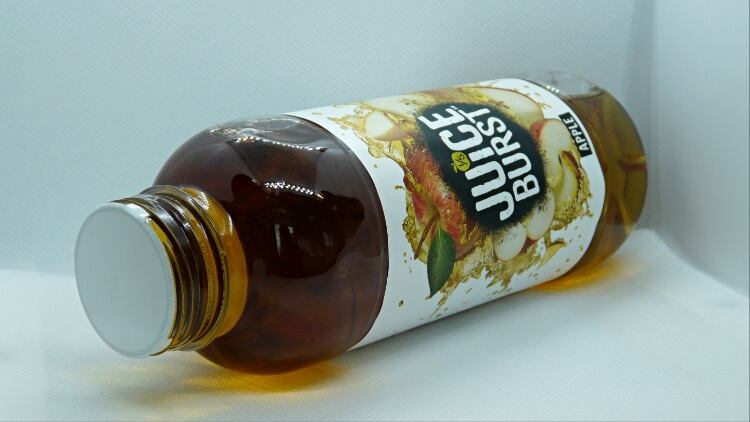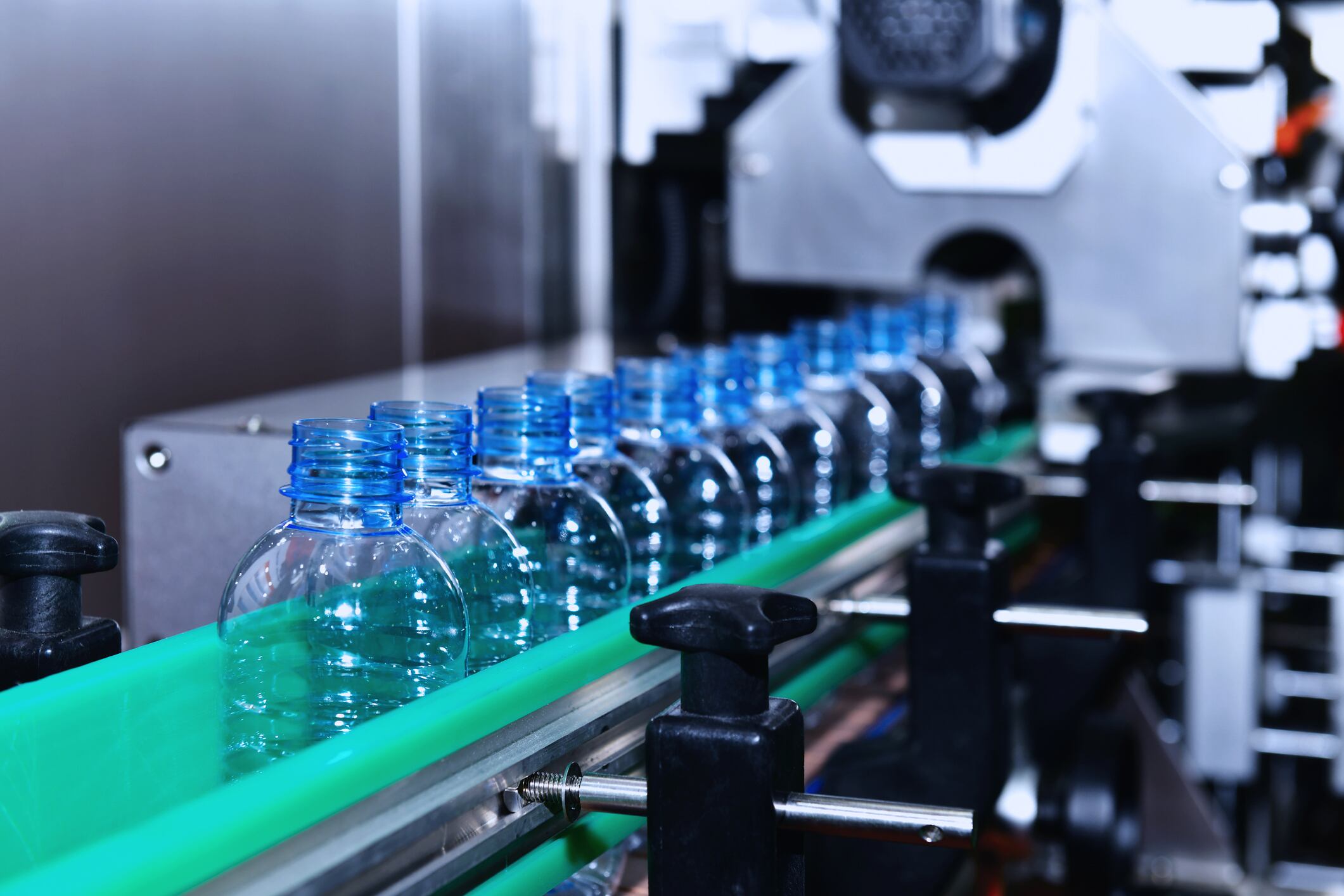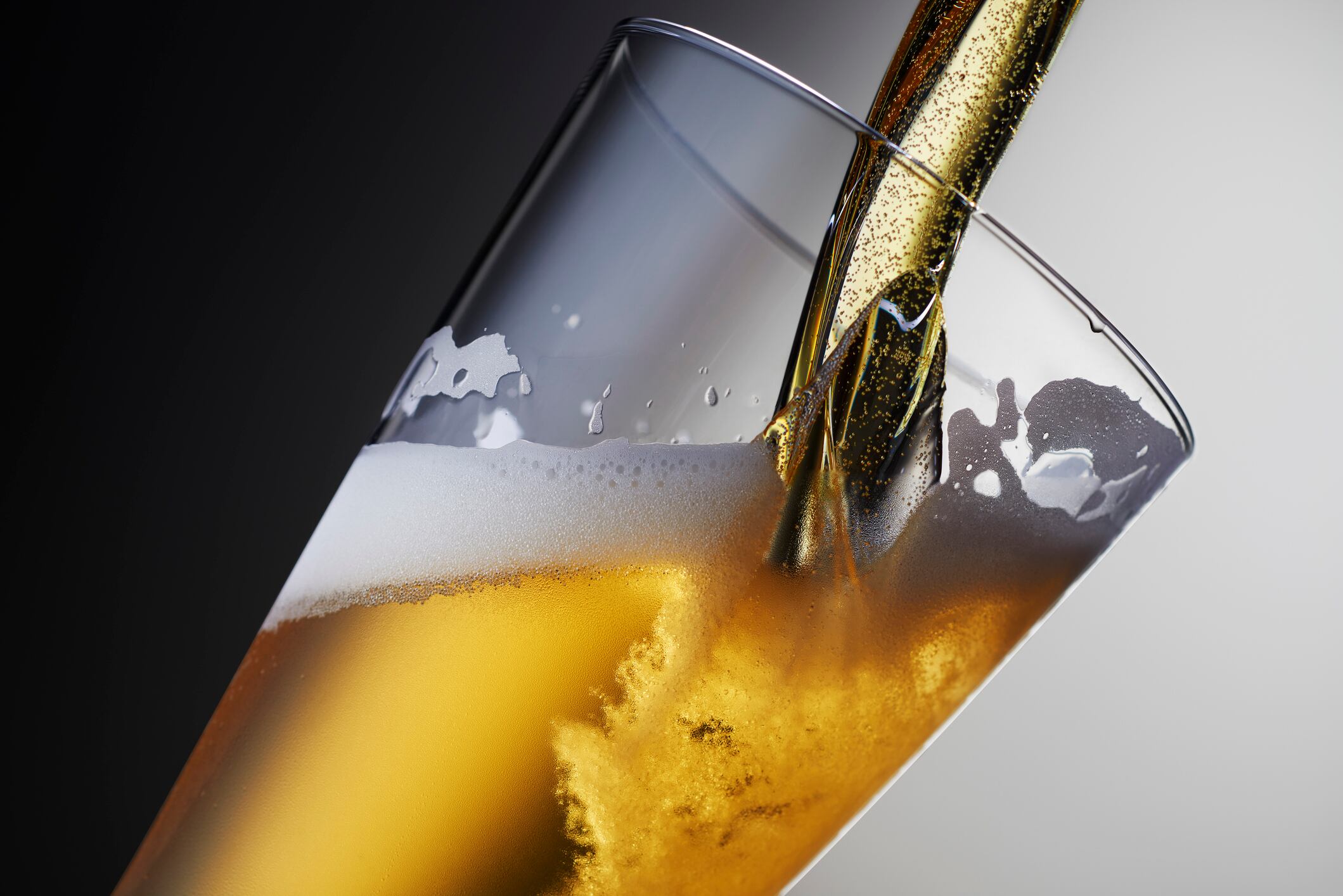Why is hot fill technology so popular in food manufacturing?
Hot fill technology has been standard practice across many forms of liquid and semi-liquid food products since the 1980’s. From juices and sauces to RTD coffees and baby foods, the technology has proved its worth over the years. This is largely due to the improved product quality, shelf-life extension and cost effectiveness benefits of the process.
Its popularity centres on the fact that typical food and drink products are heated to around 185-205°F (85-96°C) and as a result, harmful microorganisms are inactivated, and a form of sterilisation occurs that enables spoilage to be prevented. Today’s containers withstand high temperatures during the filling process without any integrity issues and improvements in filling and capping solutions have led to even faster, accurate filling.
Sealing is key to hot fill success
However, sealing plays a key role in the hot fill process and the choice of cap and liner can make or break the process. Obtaining an effective seal is important to avoid leakage, contamination and reduced shelf-life but this can be challenging to achieve, due to the high temperatures involved in the hot-fill process. Common problems that we are called in to advise on include which liner materials to choose, material compatibility queries, and thermal expansion and contraction issues.
Traditionally, hot fill for induction sealing plastic containers are made mainly of PP and heat-set. The liner chosen will depend largely on the type of food or beverage being packed, the container and production process being used, and the shelf life that is desired. Material compatibility is also key to the integrity of the final seal. That is because the way the container and liner interact during the sealing process is of paramount importance. If the wrong material is chosen it can deform or lose its integrity at such high temperatures, impacting the reliability of the final seal. Also, the thermal cycle of expansion and contraction, the product’s acidity and other characteristics of the product being heated can further influence which liner will suit which application.
Induction heat sealing
Induction heat sealing has been a popular way to seal hot fill plastic containers for many years. That is because during the induction sealing process, the liner’s foil layer is electromagnetically heated, bonding to the container when cooled, creating a hermetic seal. This cost-effective sealing technique is also popular with producers, as it requires little, if any, modification to a producer’s existing packaging line.
To ensure success, it is important to choose a liner that has been designed to endure the rigours of hot fill sealing. For example, to give more flexibility to food and beverage producers, Selig’s Uni-GardTM and FoilSealTM were developed for hot fill applications. Available in peelable or welded formats, these one-piece induction seals have been designed for producers looking to seal plastic PP, PP-EVOH and PET jars with hot fill contents. As well as delivering excellent barrier properties, it can run at high operating speeds and wide operating parameters, enabling it to bring flexible sealing to most hot fill production lines.
Achieving a consistent hot fill seal every time
Once the correct liner has been chosen, the key to a successful induction heat seal is creating consistency, through managing time, pressure and heat.
Time – Line speed under the induction heat seal unit is of real importance in the sealing process. As a fast process, there is no need to slow down a filling and capping line to accommodate liner application. However, consistency of speed is everything, because variable line speed means variable energy delivery to the liner and the result is variable seal quality. Measuring the line speed in metres per minute (m/min) using a tachometer, rather than in bottles per hour, will ensure an accurate reading is taken of how long the foil of the liner spends under the induction heat head and therefore the amount of energy applied to the liner can be managed.
Pressure – When the pressure is too low the container may leak or any plastic components within the liner melt. Alternatively, when the pressure is too high the thread of a container and cap can be stripped. Consistent application (or on-torque) pressure needs to be delivered by all the capping heads in the process. To get the pressure right, as a rule of thumb, take the liner radius (in millimetres). Now convert the radius into inch/pounds and this is the pressure to apply. For example, if its radius is 15mm, therefore, the on-torque pressure is 15 inch/pounds.
Heat – It is important to set the right heat seal window. For example, in order to find the maximum point of the sealing window, set the unit to the mid-point power setting and run three filled containers under it. Then run a further three filled containers with the power increasing in increments of 3-5% (noting the point at which they fail according to a pre-determined test method). To set the lower limit this process is reversed and the sets of three filled containers are run through the system again at power increments of 3-5%.
Choosing the cap and liner for hot fill applications can make or break the process. Thanks to the latest in induction heat sealing technology however, the process has never been so fast, cost-effective or reliable.




